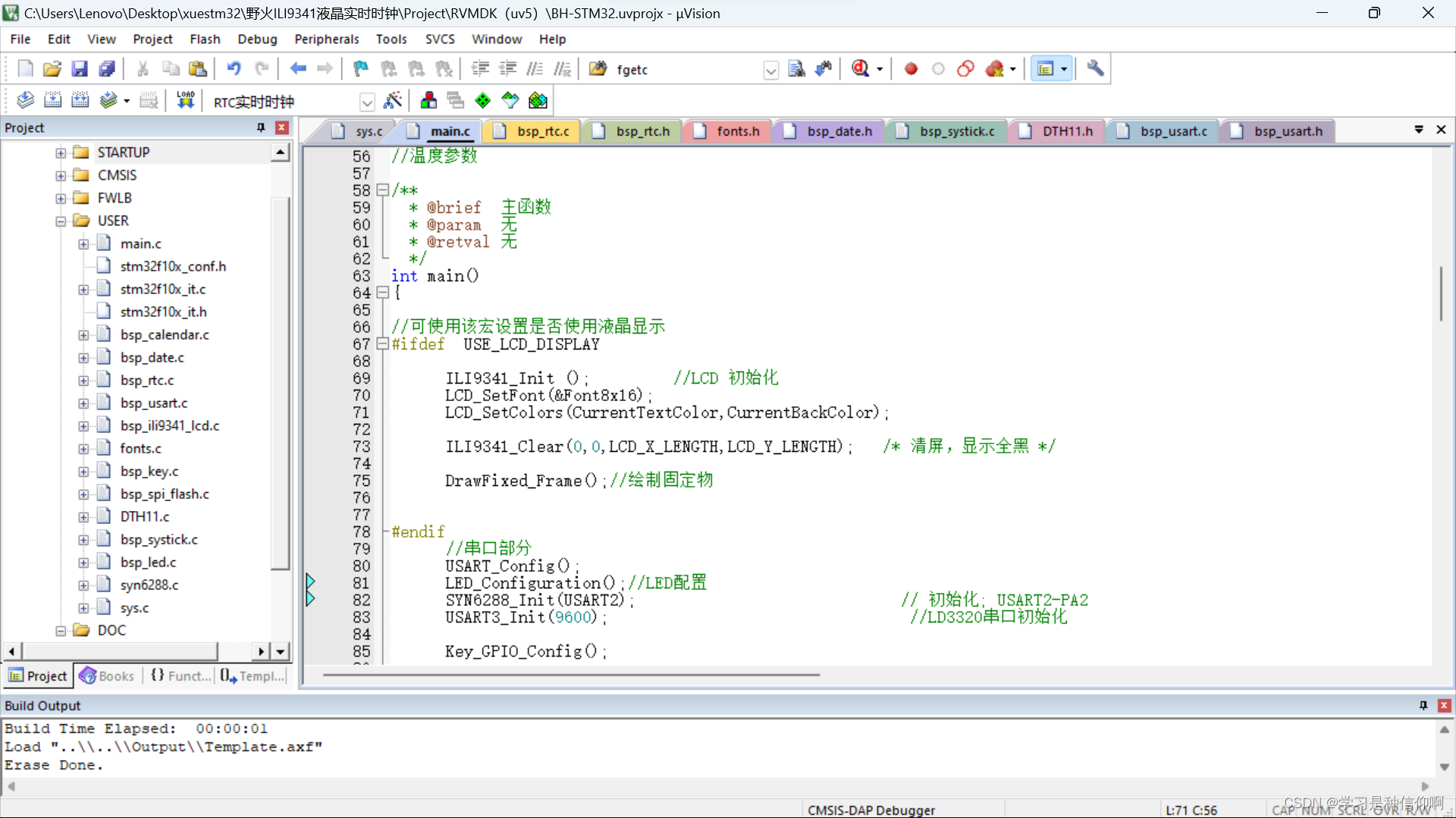[js] cesium中 使用dayjs 处理时间
API当前时间 dayjs()时间字符串 dayjs('2018-06-03')时间戳 dayjs(1528361259484)Date 对象 dayjs(new Date(2018,8,18))复制 dayjs().clone()检测当前 Dayjs 对象是否是一个有效的时间 dayjs().isValid()获取 年 : dayjs().year() 月 : day...
·
API
- 当前时间 dayjs()
- 时间字符串 dayjs('2018-06-03')
- 时间戳 dayjs(1528361259484)
- Date 对象 dayjs(new Date(2018,8,18))
- 复制 dayjs().clone()
- 检测当前 Dayjs 对象是否是一个有效的时间 dayjs().isValid()
- 获取 年 : dayjs().year() 月 : dayjs().month() 日 : dayjs().date() 星期 : dayjs().day() 时 : dayjs().hour() 分 : dayjs().minute() 秒 : dayjs().second() 毫秒 : dayjs().millisecond()
- 设置 dayjs().set('year',2017) dayjs().set('month',9)
- 增加时间并返回一个新的 Dayjs() 对象 dayjs().add(7, 'day') dayjs().add(7, 'year')
- 减少时间并返回一个新的 Dayjs() 对象 dayjs().subtract(7, 'year') dayjs().subtract(7, 'month')
- 返回当前时间的开头时间的 Dayjs() 对象,如月份的第一天。 dayjs().startOf('year') dayjs().startOf('month')
- 返回当前时间的末尾时间的 Dayjs() 对象,如月份的最后一天。 dayjs().endOf('month') dayjs().endOf('year')
- 格式化 dayjs().format() dayjs().format('YYYY-MM-DD dddd HH:mm:ss.SSS A')
- 时间差 dayjs('2018-06-08').diff(dayjs('2017-06-01'),'years') dayjs('2018-06-08').diff(dayjs('2017-06-01'),'day') dayjs('2018-06-08').diff(dayjs('2017-06-01'),'hour')
- Unix 时间戳 (毫秒) dayjs().valueOf()
- Unix 时间戳 (秒) dayjs().unix()
- 返回月份的天数 dayjs().daysInMonth()
- 返回原生的 Date 对象 dayjs().toDate()
- 返回包含时间数值的数组 dayjs().toArray()
- 当序列化 Dayjs 对象时,会返回 ISO8601 格式的字符串 dayjs().toJSON() //2018-06-08T02:44:30.599Z
- 返回 ISO8601 格式的字符串 dayjs().toISOString() //2018-06-08T02:46:06.554Z
- 返回包含时间数值的对象 dayjs().toObject()
- 字符串 dayjs().toString()
- 检查一个 Dayjs 对象是否在另一个 Dayjs 对象时间之前 dayjs('2018-06-01').isBefore(dayjs('2018-06-02'))
- 检查一个 Dayjs 对象是否和另一个 Dayjs 对象时间相同 dayjs().isSame(dayjs())
- 检查一个 Dayjs 对象是否在另一个 Dayjs 对象时间之后 dayjs().isAfter(dayjs())
cesium 使用:
#将cesium的时间对象转换成东八区的日期时间
dayjs(Cesium.JulianDate.addHours(start_time,-8,new Cesium.JulianDate())).format("YYYY-MM-DD HH:mm:ss");
#计算两个时间的差值 秒
dayjs(stop).diff(dayjs(start), 'millisecond')
更多推荐
 已为社区贡献5条内容
已为社区贡献5条内容








所有评论(0)